Understanding the Benefits of Hollow Fiber Membrane Filters for Water Purification
Water purification is a critical component in promoting public health and environmental sustainability, with the demand for effective purification technologies on the rise. Among various filtration technologies, hollow fiber membrane filters have gained significant attention due to their unique structure and efficiency. According to a recent report by MarketsandMarkets, the global hollow fiber membrane market is expected to grow from USD 2.9 billion in 2021 to USD 4.3 billion by 2026, at a CAGR of 8.4%. Hollow fiber membrane filters not only offer high permeability and selective separation capabilities, allowing for effective removal of contaminants such as bacteria, viruses, and suspended solids, but they also minimize energy consumption, further enhancing their appeal in water treatment applications. This growing recognition of hollow fiber membrane filters in both industrial and household settings underscores their integral role in advancing water purification solutions worldwide.

Advantages of Hollow Fiber Membrane Technology in Water Purification
Hollow fiber membrane technology has emerged as a groundbreaking solution for water purification, providing numerous advantages over traditional filtration methods. One of the primary benefits is its high surface area-to-volume ratio, allowing for efficient filtration and increased water flow rates. This technology utilizes thousands of tiny hollow fibers, which create a vast network that can effectively remove particles, bacteria, and other impurities from water. As a result, not only does it enhance the quality of purified water, but it also offers reduced energy consumption and operational costs.
The hollow fiber ultrafiltration market is projected to experience significant growth, reaching USD 4.85 billion by 2030, reflecting the rising demand for efficient water treatment solutions worldwide. The versatility of hollow fiber membranes makes them suitable for various applications, including municipal water supplies, wastewater treatment, and even food processing industries. With advances in membrane materials and construction, these filters are continually improving in performance, durability, and sustainability, reinforcing their crucial role in ensuring access to safe drinking water and promoting public health.
Understanding the Benefits of Hollow Fiber Membrane Filters for Water Purification
Key Features of Hollow Fiber Membrane Filters for Effective Filtration
Hollow fiber membrane filters have emerged as a pivotal solution in the realm of water purification, offering several key features that enhance their effectiveness for filtration. One of the standout characteristics of these filters is their high surface area-to-volume ratio, which facilitates efficient water flow and maximizes filtration capacity. This design not only allows for the removal of particulate matter but also addresses the challenge of waterborne contaminants, ensuring cleaner drinking water.
Moreover, recent advancements in hollow fiber technology have introduced enhancements such as improved fouling resistance and increased durability. For instance, dynamic deposition techniques, such as applying polydopamine on ceramic membranes, have been explored to reduce oil adhesion, showcasing the adaptability of these filters for varying water quality challenges. As global concerns over water scarcity and contamination intensify, the ability of hollow fiber membrane filters to provide effective and sustainable water solutions positions them as a preferred choice in both industrial and residential applications.
Understanding the Benefits of Hollow Fiber Membrane Filters for Water Purification
| Feature | Description | Benefits |
|---|---|---|
| High Surface Area | Hollow fiber membranes provide a large surface area for filtration due to their elongated structure. | Increased efficiency in contaminant removal and reduced footprint of filtration systems. |
| Microfiltration and Ultrafiltration | These membranes can filter out particles down to 0.1 microns. | Effective removal of bacteria, viruses, and suspended solids. |
| Chemical Resistance | Composed of materials that are resistant to various chemicals. | Allows for use in diverse environments without degradation of the filter. |
| Ease of Maintenance | Designed for easy cleaning and backwashing. | Reduces downtime and extends the lifespan of the filters. |
| Compact Design | Small and lightweight compared to traditional filtration systems. | Ideal for limited space applications and mobile units. |
Important Maintenance Tips to Extend the Lifespan of Membrane Filters
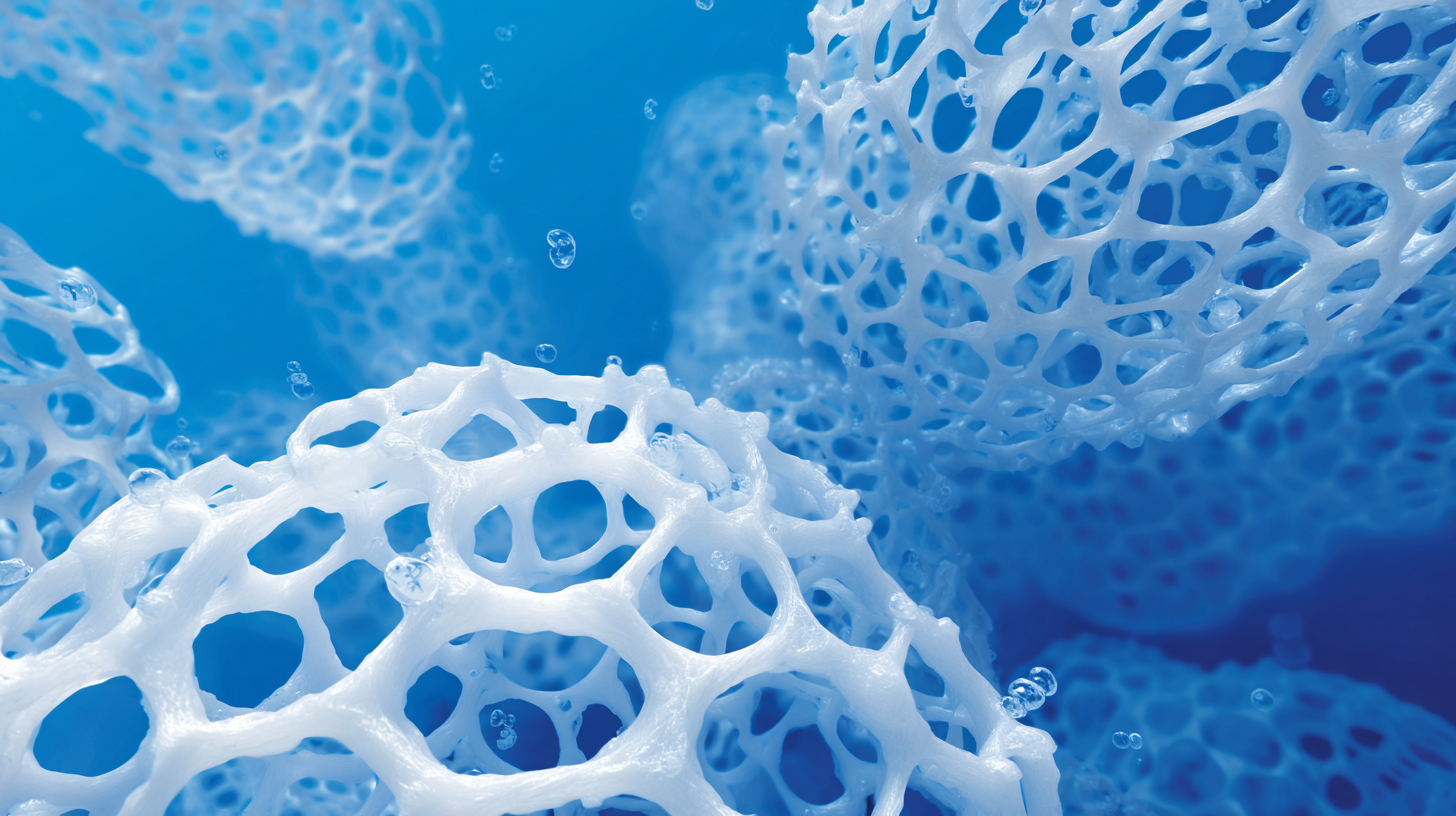 Hollow fiber membrane filters are essential tools in the realm of water purification. Their structure allows for efficient filtration, removing contaminants and providing clean water when properly maintained. To ensure these filters operate optimally and have a long lifespan, adherence to specific maintenance tips is crucial.
Hollow fiber membrane filters are essential tools in the realm of water purification. Their structure allows for efficient filtration, removing contaminants and providing clean water when properly maintained. To ensure these filters operate optimally and have a long lifespan, adherence to specific maintenance tips is crucial.
First, regular cleaning is vital to prevent the build-up of fouling materials on the membrane surface. It is recommended to use gentle cleaning agents suitable for hollow fiber membranes, following the manufacturer’s guidelines. Additionally, maintaining an optimal operating temperature can further enhance the efficiency of the filtration process.
Another important aspect of maintenance is monitoring the pressure drop across the membrane. A significant increase in pressure can indicate potential fouling or blockage, signaling the need for immediate attention. Implementing periodic inspections will help identify issues early on, allowing for timely interventions that extend the life of the membrane filters. By following these maintenance tips, users can ensure that their hollow fiber membrane filters continue to provide reliable and effective water purification.
Comparative Analysis: Hollow Fiber vs. Traditional Water Filtration Methods
Hollow fiber membrane filters represent a significant advancement in water purification technology when compared to traditional filtration methods. Unlike conventional filters, which typically use granular materials or ceramic membranes, hollow fiber systems leverage thousands of microscopic fibers that create a vast surface area for filtration. This design allows for improved flow rates and enhanced contaminant removal, effectively capturing particles as small as viruses and bacteria. The filaments can be configured in such a way that they provide efficient backwashing capabilities, reducing maintenance downtime and prolonging the lifespan of the filter.
Furthermore, the comparative efficiency of hollow fiber membranes in various water conditions cannot be overstated. Traditional filtration methods often struggle with turbidity and sediment, requiring more frequent replacements and maintenance intervals. In contrast, hollow fiber membranes maintain consistent performance even in challenging conditions, thanks to their ability to self-clean during operation. As a result, users can enjoy lower operational costs and reduced environmental impact while ensuring high-quality water purification, making hollow fiber technology a superior choice for both residential and industrial applications.
Real-World Applications of Hollow Fiber Membranes in Water Treatment Systems
Hollow fiber membrane filters are revolutionizing water treatment systems worldwide, addressing acute water quality challenges with efficiency and precision. In real-world applications, these membranes are extensively utilized in municipal water treatment plants, industrial waste management, and even in personal water purification devices. According to a recent report by the Global Water Intelligence, the demand for hollow fiber membranes in water treatment facilities increased by 12% in the last two years, underscoring their growing importance in ensuring safe drinking water.
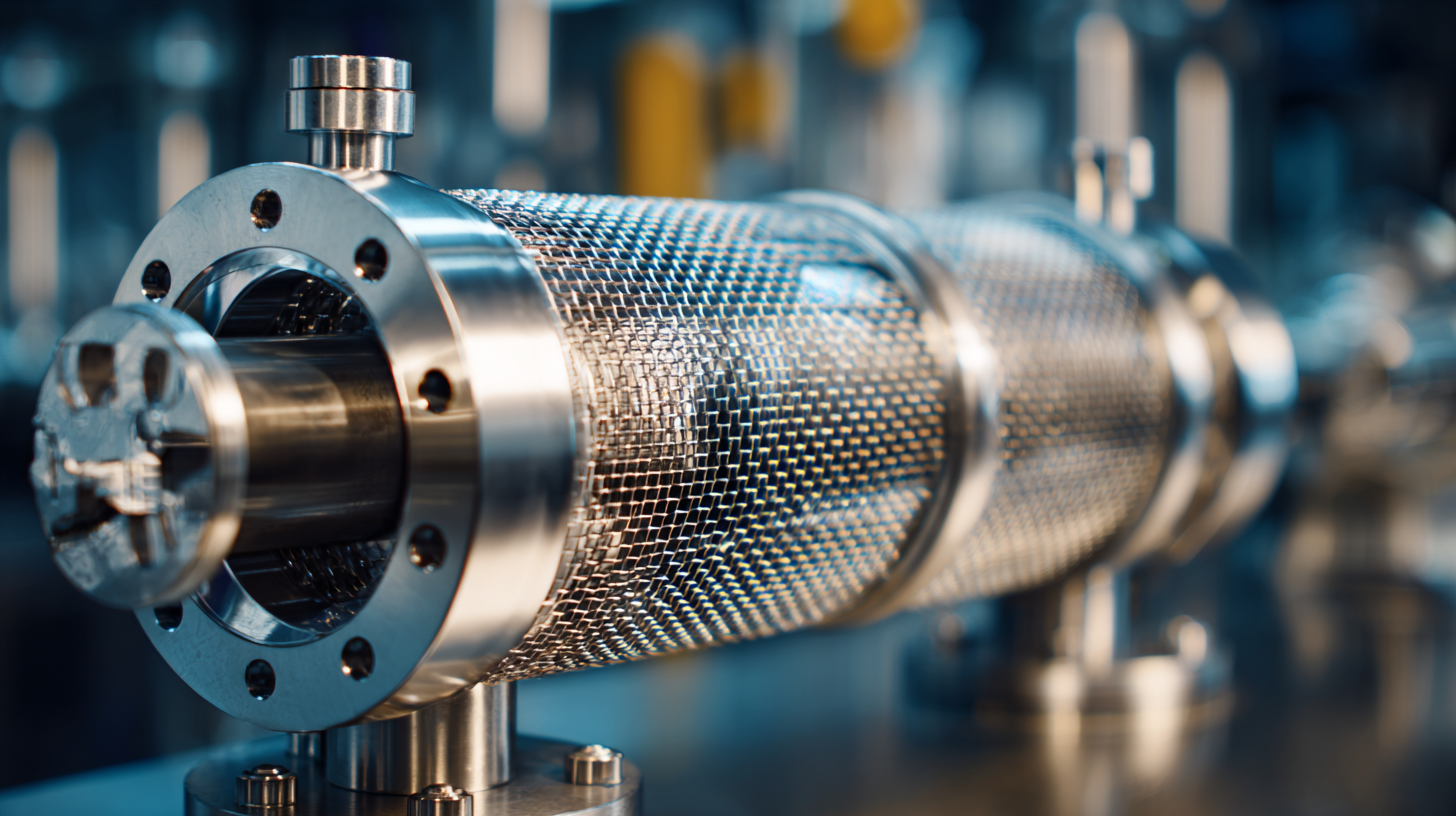
One of the standout advantages of hollow fiber membranes is their high surface area-to-volume ratio, which enables them to effectively remove contaminants, including bacteria, viruses, and particulate matter. A study published in the Journal of Membrane Science reported that these membranes achieve over 99% removal efficiency for various pathogens, making them a crucial component in systems designed for safe water supply. Many municipalities are now incorporating these advanced filtration technologies, contributing to a significant reduction in waterborne diseases.
Tips: When selecting hollow fiber membrane systems, consider the specific contaminants present in your water source. It's essential to choose membranes compatible with your treatment goals to maximize effectiveness. Additionally, regular maintenance and monitoring of membrane integrity can ensure long-term performance and reliability in your water purification processes.
Related Posts
-

Unwavering Quality from Trusted Chinese Manufacturers Featuring the Best Vacuum Filtration Systems
-

Understanding the Science Behind Ultrapure Water Purification Systems: Breaking Down 99.9999% Purity and Its Applications
-
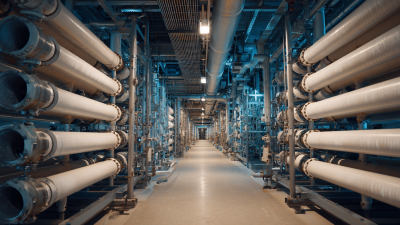
What is the Future of Microfiltration Membrane Technology in Global Water Treatment
-
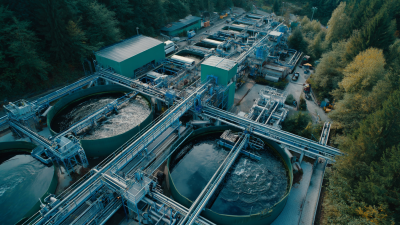
What is the Future of Filter Technology in Environmental Sustainability
-
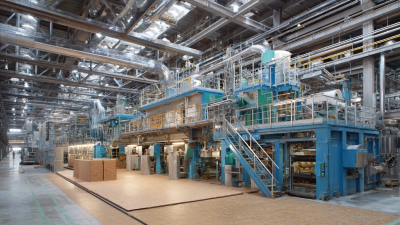
Why the Future of Paper Pulp Production Relies on Sustainable Practices and Innovative Technologies
-
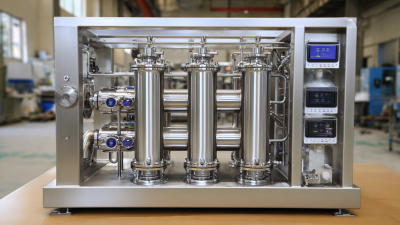
Understanding Industry Production Standards for the Best Micro Filtration System in Use